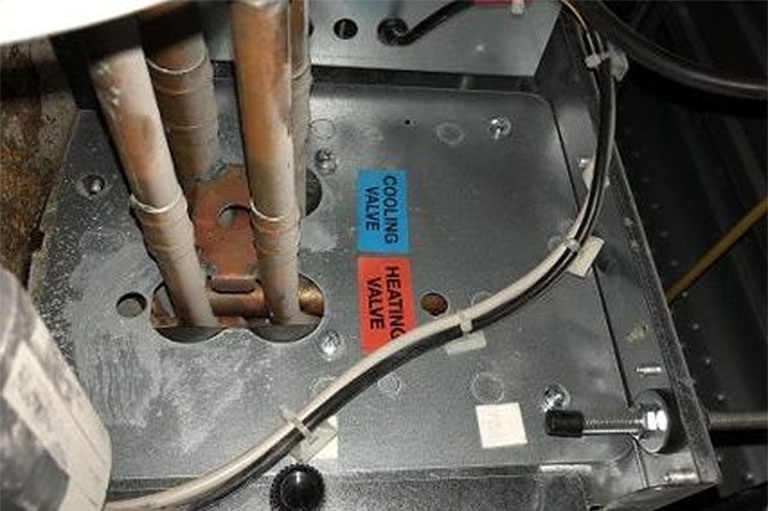Closed hot and cold water circulating systems within large buildings

Closed hot and cold water circulating systems within large buildings : Controlling the office environment is paramount to maintaining a happy and productive workforce. One important factor is the ability of the building’s systems to control the temperature of the workspace.
Most of the time, these hidden heroes work away in the background, keeping the temperature ‘just right’, like Goldilocks’ porridge. Happy days!
But when a hot and cold-water circulating system fails, everybody notices. The complaints come pouring in and solutions are needed fast; a loss of control of temperature within the working space is a leading cause for complaints and quickly becomes a major priority for the building management, so it makes sense to have robust maintenance regimes in place.
Circulating hot or cold-water systems
A common, cost-effective and efficient way of achieving a comfortable temperature year-round is by maintaining circulating hot and cold-water systems, usually in the form of a centralised LTHW (low temperature hot water system), and a chilled water system. LTHW and chilled systems are circulated through the office areas where they often feed fan coil units, providing the heat exchange location.
What is a Fan Coil Unit? (The technical bit)
Fan coil units are essentially a box mounted into the ceiling void. As well as containing a fan, the unit also has two heat exchange surfaces, one connected to the chilled system and the other to the LTHW system.
Air is moved by the fan from the ceiling void across either the heating or cooling coil before being distributed back into the office areas via multiple ducted air supplies.
The rate at which the heat can be added or removed from the environment is proportional to the difference in temperature at the heat exchange surface and the flow rate of air across it. Large temperature differences at the heat exchange surface, can achieve big changes in the temperature of air flowing across it. Likewise, the temperature differences at the heat exchanger surface, on the water side, are directly proportional to the temperature that the water system is maintained at and the rate of flow through the heat exchanger.
As with most plant in large commercial buildings, these water systems can be highly complex with a large variety of flow control devices. Some control flow locally, using temperature or pressure and others are connected to the building’s BMS (Building Management System).
When the system fails
Like any complex system, these units can fail from time to time. Water quality is often assumed to be the culprit, although there can be other causes (poor design, lack of maintenance or inadequate commissioning, for example). It’s true that water quality can deteriorate over time, leading to reductions in flow within the system and reduced temperature control in the work environment. That’s why on-going prophylactic water treatment maintenance of such systems is essential.
If your system fails and water quality is determined to be the cause, you will want a specialist water treatment contractor such as Dantek to flush the system. In my next post, I will explain the process and offer some advice on the best ways to manage it and get your building’s ambient temperature back to ‘just right’!
Please contact Dantek for further information on how we can help guide you through a successful flushing project within your building.
